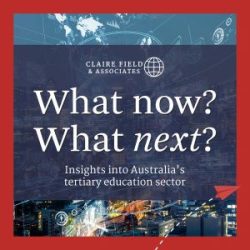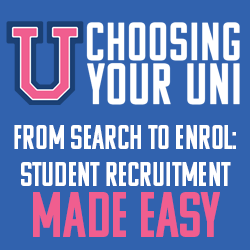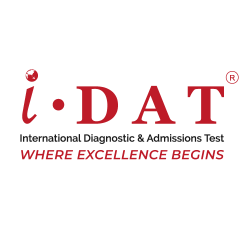Australia has always been a country that prospers when it looks outward. Today, at a time of sharp political debate and short-term fixes, we need to lift our gaze. International education is not a footnote to economic policy. It is a nation-building strategy.
That’s why, when we talk about international education, we cannot reduce the conversation to numbers alone. We need to look at the human stories. We must acknowledge the ambition, the resilience, and the talent of the students who choose Australia.
And we need to recognise that their journeys intersect with our national story.
Next week, we gather in Canberra for the Australian International Education Conference (AIEC). The timing and location could not be more fitting.
As the nation’s political centre, Canberra is where the decisions are made that shape our sector, our economy, and our future. It is where policymakers weigh the needs of industries, communities, and regions.
Australia’s workforce future depends on how we approach international education. Skills shortages in healthcare, technology, education, and the regions will not be solved without international students playing a part. But if we frame this as simply a transaction, importing talent to plug gaps, then we do both students and our country a disservice.
Instead, we must frame this as a shared opportunity. International students come here to grow, to learn, and to contribute. If we create the right pathways, their goals can align with our national needs in a way that is fair, ethical, and sustainable.
So how do we make this happen? For me, there are three priorities we can advance together.
- Aligning student ambition with workforce needs
Too often, we talk about students’ aspirations on one side and national workforce shortages on the other, as though they are separate issues. They are not.
Migration, visa, and education policies should be designed to connect the ambitions of skilled graduates with the industries that need them most. We need policy settings that make it easier for an international nursing graduate to work in a hospital, or for an IT graduate to bring their skills to regional Australia.
- Supporting stronger learning-to-career pathways
Education should always be a bridge to opportunity. For international students, that means being able to link their studies with real work experience.
We need to strengthen programs that connect learning to careers: internships, work-integrated learning, and career readiness initiatives. These are not add-ons. They are essential to ensuring students can apply what they learn, build professional networks, and step confidently into their futures.
Consider Li Xuan, who first came to Australia from Taipei to study a master’s in finance. With guidance from her IDP Counsellor, she chose a program that embedded internships and offered a pathway to professional accreditation. That experience helped her launch her career in accounting and set her on a trajectory that eventually brought her back to IDP, this time not as a student, but as a senior commercial manager working on our global technology portfolio.
- Building lasting global partnerships
Finally, we must never forget that international education is about more than workforce supply.
Every student who studies in Australia becomes part of our wider story. When they return home, they take with them more than a degree. They carry with them friendships, professional connections, and a sense of belonging that ties them to Australia for life.
Those ties matter. They strengthen trade links. They open doors for diplomacy. They create cultural exchanges that enrich us all.
Join the conversation at AIEC 2025
AIEC will bring together leaders, educators, and policymakers to tackle these very questions.
Sessions such as Future-proofing talent: do today’s programs meet future skills demands?, Rethinking graduate outcomes, and Career readiness & WIL will explore how we can better connect learning to work, strengthen student experiences, and build global partnerships that last. The Opening Plenary will set the tone with insights from government on the policy landscape ahead, while the IEAA AGM will bring practitioners together to reflect on how we can translate these conversations into action.
If we get this right, we’ll reinforce Australia’s place in the world, as a nation that invests in talent, welcomes ambition, and builds its future through connection.
Jane Li is Regional Operations Director, Australasia at IDP Education.


















